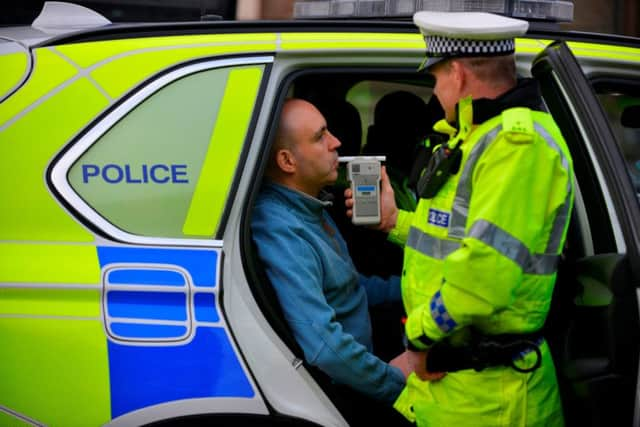Cutting Scotland's drink-drive limit fails to make roads safer


The Scottish Government cut the legal blood alcohol limit for motorists from 80 milligrammes of alcohol in 100 millilitres of blood to 50 in December 2014.
It argued the change would help save lives and make the country’s roads safer.
Advertisement
Hide AdAdvertisement
Hide AdBut Jim Lewsey, professor of medical statistics at Glagsow University’s Institute of Health and Wellbeing said the “unequivocal” results of the research was that this “simply did not have the intended effect of reducing RTAs”.
The “most plausible” explanation for this “surprising” finding was the lower limit in Scotland was not backed up with sufficient police enforcement or media campaigning, he added.
The research, which was carried out alongside NHS Health Scotland, the University of Stirling and the University of East Anglia, looked at police data on road traffic accidents in not just in Scotland but also England and Wales – where the drink-drive limit has remained at 80 millilgrams of alcohol.
This was combined with market research data showing alcohol consumption rates - with the researchers believing the design of the study allowed them to isolate the impact of the policy change.
Prof Lewsey said: “Our findings are surprising, given what we know from previous international evidence, which generally supports a reduction of RTAs following the same lowering of a blood alcohol concentration limit.
“However, the results of our high quality study are unequivocal – they indicate that the reduction in Scotland’s drink-drive limit in December 2014 simply did not have the intended effect of reducing RTAs.”
When the lower drink driving limit was introduced, then-Scottish justice secretary Michael Matheson said he believed the change would “not only reduce accidents but also reduce fatalities on Scottish roads and in that way make Scottish roads safer”.
Prof Lewsey added: “In our view, the most plausible explanation for our findings is that the change in legislation was not backed up with additional police enforcement, nor sustained media campaigning.